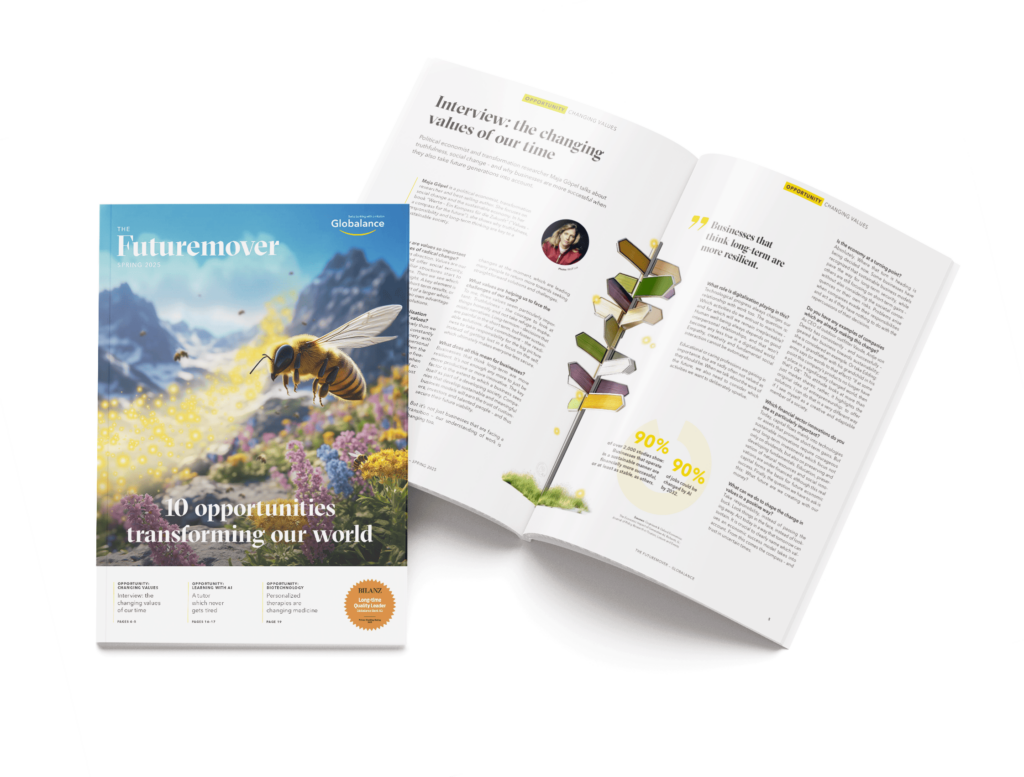News & Trends
Four dililent Greenwashers

Greenwashers in four different industries and how you can detect them.
1. The fashion colour of the season: green
Since the 2013 Rana Plaza tragedy in Bangladesh we know what the costs associated with clothing are. In the worst case the cost of human lives.
If we also take account of the pollutants, the supply chains, the consumption of water and energy as well as the agricultural land that’s involved, the overall impact is even more devastating. So it’s hardly surprising that green is becoming the “in“ colour. With T-shirts made of organic cotton, own ranges made of recycled materials, and recycling containers for used clothing. Chic with hip labels. Recycled fashion sounds good, as long as the manufacturer isn’t caught burning excess new products or as long as you overlook just how complicated it really is to mix different fibres. And the organic cotton T-shirt? Just see whether you’ve got a fake organic product in your wardrobe and where the lion’s share of the manufacturer’s clothing comes from. Or just follow the advice of fashion queen Vivienne Westwood:
„Buy less, make a good choice, and actually wear it for as long as possible.“
V. Westwood

2. Is commerce changing?
What are we buying nowadays? The range of goods is enormous and there are several providers for every product.
As a visually-oriented species we feel automatically attracted to things which make us feel good. So we grab the milk carton with the picture of an Alpine landscape, the „natural tasting“ yoghurt, the „sustainable lifestyle muesli“, and the HCFC-free deodorant. Hang on a minute, haven’t HCFCs been banned anyway since the 1990s? Welcome to the “greenwashing“ unit. Companies use greenwashing to give their products or services the greenest image possible. It’s an extremely tempting thing to do – a study by Roland Berger forecasts a global green market share of 6.9 percent between 2016 and 2025. For anyone who’s lost track of the range of everyday sustainable products that is available, WWF Switzerland provides invaluable advice at https://www.wwf.ch/de/lebensmittel-label-ratgeber.

4. The modern selling of indulgencies
A big oil multinational is launching a tree planting project in the Netherlands. The customer can voluntarily pay a cent per litre to help finance the project.
A sheep in wolf’s clothing – a forest manager has totted up the figures for the “Handelsblatt“: in order to absorb the CO2 involved in driving 10,000 kilometres you would need 192 beech trees to grow for eighty years. Environmental associations are criticising the approach as the modern “selling of indulgencies“, and saying that CO2 emissions have to be prevented, not compensated for. What’s more, reforestation projects are often just additional areas of monoculture crops with no sustainability impact. Tree planting schemes or media-friendly involvement in alternative energy start-ups are climate-friendly initiatives – but only for marketing departments.

4. Never have financial investments been as green as they are now
Finance companies too are assiduous greenwashers. This is because the interest in “sustainable investments“ is growing, and consequently also opportunism.
Suddenly glossy brochures sprout delicate plants in order to highlight green credentials. Smiling happy children from all around the world are used to represent social concerns. And managers never tire of trotting out the mantra of their ecological responsibility in the media. But only rarely in business reports or in analyst meetings. Many financial services companies are striving to meet ESG (Environmental, Social and Governance) criteria. That initially sounds good, but unfortunately it still has little to do with really sustainable financial investments. The criteria mostly focus on business processes, and less on results or on sustainability and national economic and social aspects. So there’s a big gap between expectations and reality in the eyes of customers and other bank stakeholders. At the core of this a widespread misunderstanding: “sustainable investment“ makes customers expect a positive impact. Banks usually just regard it as a process (incorporated into the investment process) which at best identifies risks and may lead to a positive effect, but often doesn’t do so.
Globalance Footprint
How to recognise greenwashing by banks?
Greenwashing happens if …
1. Banks can’t explain what they are doing differently to how they did it before, and which sectors and projects they will never provide finance for in any field of business.
2. The providers of financial services stress sustainability in their marketing activities, but generally offer funds which don’t apply a sustainability filter, or only a weak one.
3. The providers of sustainable products market them as such without clearly proving that they have a positive effect, or by just offering technical and incomprehensible reports about them.
4. Banks themselves regularly hit the headlines due to controversies which have a negative impact on their image.
5. The people in charge of businesses extol the importance of sustainability in the media, but don’t say a word about it to their investors.
Globalance future mover
Successful companies don’t have to hide behind a green facade. They think and act innovatively and use fundamental trends as a unique growth opportunity.
Digital Fashion: Platforms like Instagram are virtual catwalks for millions of people. Fashion influencers make a living from their outfit posts. Often what matters is using flashy, striking clothing to cause a stir. Buy clothes, photograph them and then throw them away. That’s the motto. This is the attitude that the Norwegian retailer “Carlings“ has declared war on with its market launch of a range of “digital clothing“ – a world first. These clothes are only worn digitally, and the user can post them cheaply and virtually to his/her user photos account. Without any negative ecological footprint.
Green Foods: There’s currently a major trend towards using meat substitute products. According to a current study, by 2040 they could achieve a market share equal to 60% of that of conventional meat products. The players are jockeying for position: Impossible Foods and Beyond Meat which specialise in vegetarian mince are growing at a phenomenal rate. But the big players are by no means inactive: McDonald’s is launching the vegan veggie burger, using imitation meat supplied by Nestlé. 99% less water, 93% less land and 90% less greenhouse gas emissions. That’s the comparison between Beyond Burger and a genuine beef burger.



